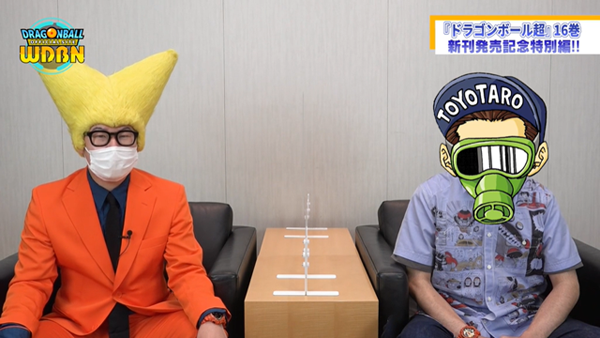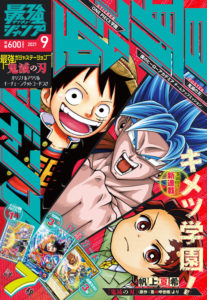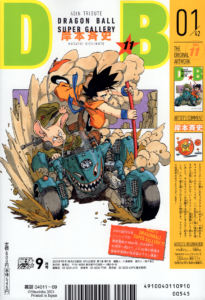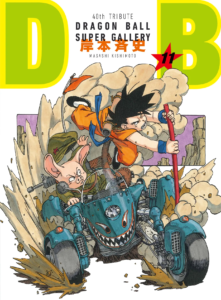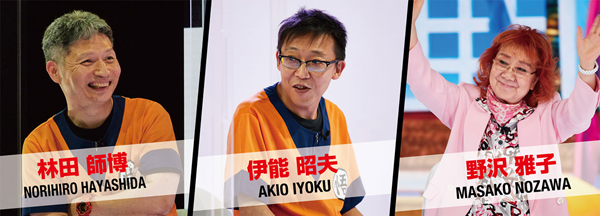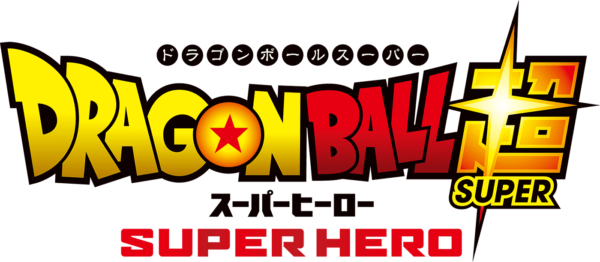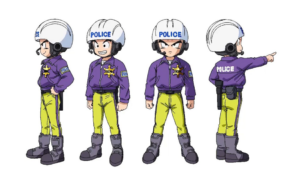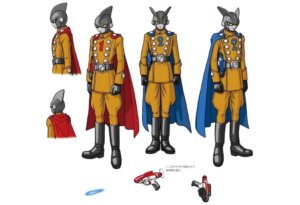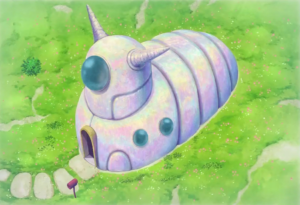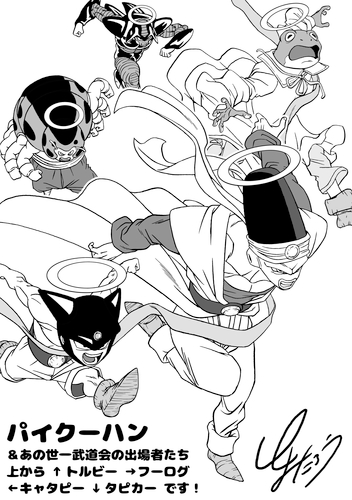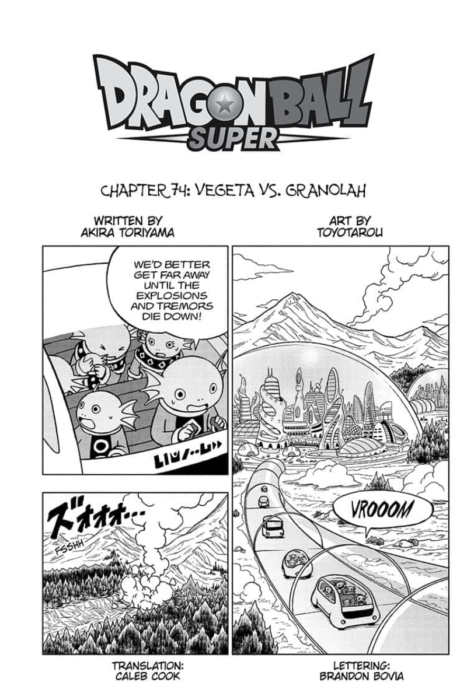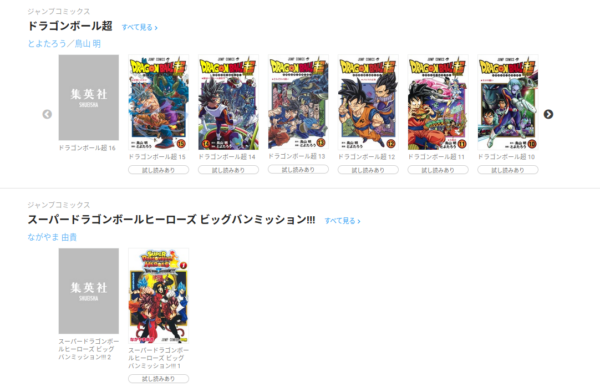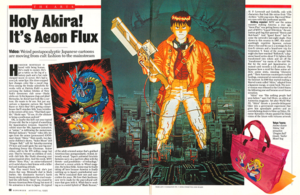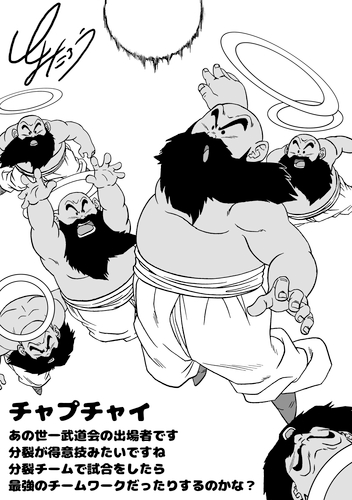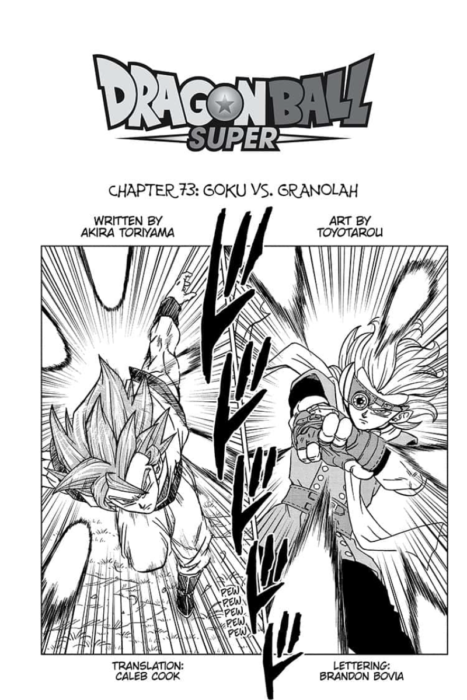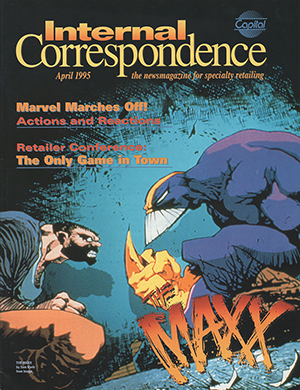Each week the recently revamped Dragon Ball Official Site posts a short “Weekly Dragon Ball News” video highlighting the franchise’s most recent news, often focusing on upcoming merchandise. In this week’s video, Dragon Ball Super manga author Toyotarō sat down with the segment’s regular host, and his own editor, “Victory Uchida” to share some behind-the-scenes information about the currently ongoing “Granolla the Survivor” story arc and promote the manga series’ 16th collected volume, which was recently released 04 August 2021.
The video is available subtitled in multiple languages, including English, for all to enjoy. However, we have compiled these main highlights from the interview:
- After considering bringing back an existing character, Toyotarō ended up making the pitch to Uchida for his own original character Granolla, who would have ties with the Saiyans. The two then developed a general story idea around the character before submitting it to original author Akira Toriyama for review.
- Toriyama took Toyotarō’s idea and expanded on it, creating a full-fledged story around Granolla. This included adding the Heatas and creating a new set of Dragon Balls, which Toyotarō felt only the original author had the authority to do.
- Concerning Granolla’s design, Toyotarō focused on the fact that he was a survivor. However, Toriyama also noted to him that they were not a race with a warrior culture, but were nevertheless militaristic. Not knowing exactly what that meant, Toyotarō settled on a race of sharpshooters, with Granolla being a sniper and incorporating goggles to help with his aim. Being the survivor of an old, near extinct race, he wanted Granolla to have a bit of a retro feel in his design; hence the steampunk aesthetic.
- Following Toriyama’s advice of having characters show up in pairs, Oatmeal was added to the story to counter the silence a lone, solitary warrior such as Granolla would create. Oatmeal helps the story move along without requiring Granolla to talk to himself, or have the reader unable to tell what he’s thinking.
- Toyotarō discusses his attempts to design the Heatas, which were rejected 3 or 4 times before he settled on their final design. While he did twice attempt to design the Sugarians, he kept getting comments back that the “eyes look weird”, so ultimately Toriyama handled them.
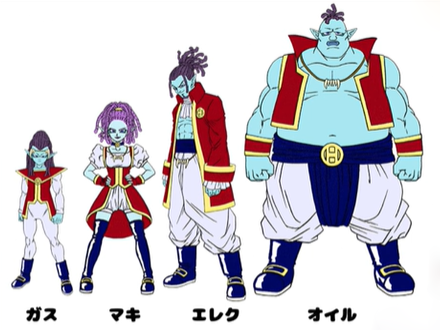
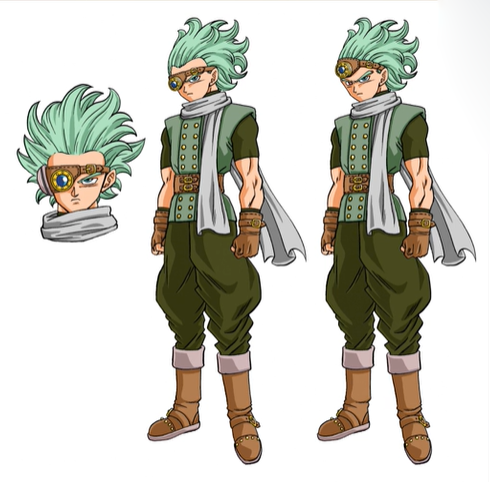
Toyotarō will also appear on next week’s “Weekly Dragon Ball News” segment to provide a tutorial on how to draw Granolla, which will be posted on Monday, August 16th.
The Dragon Ball Super “comicalization” began in June 2015, initially just ahead of the television series, and running both ahead and behind the series at various points. The manga runs monthly in Shueisha’s V-Jump magazine, with the series’ seventy-fourth chapter coming today in the magazine’s September 2021 issue. Illustrated by “Toyotarō” (in all likelihood, a second pen-name used by Dragon Ball AF fan manga author and illustrator “Toyble”), the Dragon Ball Super manga covered the Battle of Gods re-telling, skipped the Resurrection ‘F’ re-telling, and “charged ahead” to the Champa arc, “speeding up the excitement of the TV anime even more”. Though the television series has completed its run, the manga continues onward, moving into its own original “Galactic Patrol Prisoner” and “Granolla the Survivor” arcs. Viz is currently releasing free digital chapters of the series, and began their own collected print edition back in 2017. The fourteenth collected volume is due this September.
